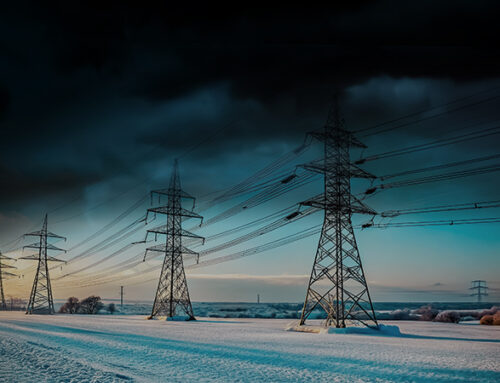The early capacity auction designed to secure security of supply for 2017/18 has entered its fourth day, with the price having dropped to £15 /kW by the end of yesterday’s round, some way below the expected clearing level of around £20 / kW and also below the prices of the T-4 auctions that have been run for delivery periods beginning in winter 2018/19. This is raising the prospect that some older coal plant will close earlier than expected, with the capacity being supplied instead by small embedded generators.
The auction was prompted by concerns that the original delivery plans for the capacity market left the system vulnerable to shortages in earlier periods. As a result of this change, instead of procuring the Supplemental Balancing Reserve (“SBR”), which cost £121.5 million for 3.5 GW over winter 2016/17, National Grid will secure 53.6 GW capacity through the new auction for winter 2017/18.
With only 55 GW capacity left in the auction at the end of Thursday, it seems unlikely that the price will fall to the £2.24 / kW level needed to match the cost of SBR.
As the SBR was provided by plants that would otherwise have closed, it represented the capacity top-up needed to maintain security of supply, however the capacity auction rewards ALL available capacity, including a large amount that would have run anyway. This means that the costs, which are passed through to consumers, are significantly higher than they have been in the past, and that consumers are paying to secure capacity which was not in doubt.
Phil Grant, a partner at consulting firm Baringa told the The Telegraph that the auction may result in consumers paying significantly more, for very little additional benefit:
“The unnecessary cost to consumers cannot be trivialised. This auction is asking consumers to pay to secure 100pc of the capacity needed next winter when we only need to secure 10pc. The other 90pc would be running anyway.”
The Government justifies this by saying that securing this capacity will reduce price volatility in the wholesale markets, which have seen prices spiking significantly over the past winter, so the increase in capacity costs will be more than offset by a reduction in wholesale prices, delivering an overall net reduction of £46 per customer per year.
“The net impact on bills is derived from taking the gross costs of the early CM and subtracting wholesale price impacts. This is because the early CM is expected to lead to lower wholesale prices. If only the announced plant closures occur we estimate the net impact on bills to be between £10 and £21 depending on the clearing price in the auction. However, if further closures happened (in the counterfactual) which we think is a credible scenario, leading to greater price spikes in the wholesale market – the early CM would save a net of £46 in 2018 on the average household bill.”
This argument does not necessarily follow…reduction in volatility does not necessarily translate into reduced prices overall, and as I have described previously, current wholesale market and balancing market prices do not reflect the full cost of delivering electricity in all periods, with some of these costs being hidden in various ancillary services arrangements entered into by National Grid (eg the Black Start contracts entered last year with Drax and Fiddler’s Ferry).
Wholesale prices will continue to be set by the costs of the marginal plants, so while the existence of spare capacity may well reduce price spikes, it does not follow that average prices will be lower. For this to be true, the price spikes seen over the current winter would need to be sufficiently frequent or large to raise the average price across all periods. There is also a danger that prices will continue to be spiky if the amount of capacity that is secured through the auction still leaves the capacity margin being too narrow. According to Grant,
“We could still have price spikes similar to the ones we’ve seen because even with capacity secured supply margins are still tighter than we’ve seen historically…..The outcome is very finely balanced but more sensitive to generators looking to game the auction by removing some power units earlier than expected. By doing this the auction could result in a higher price that would benefit the rest of their portfolio.”
The auction will close sometime today, and then consumers can begin to count the cost.”






Leave A Comment